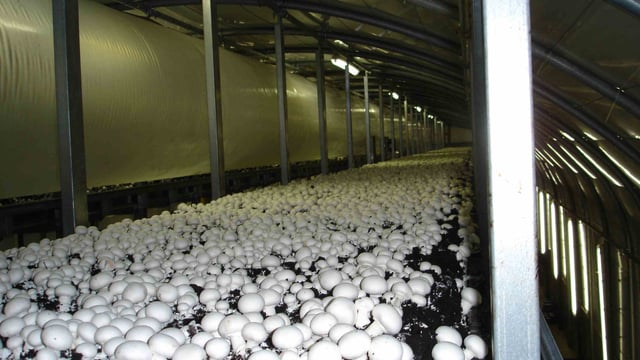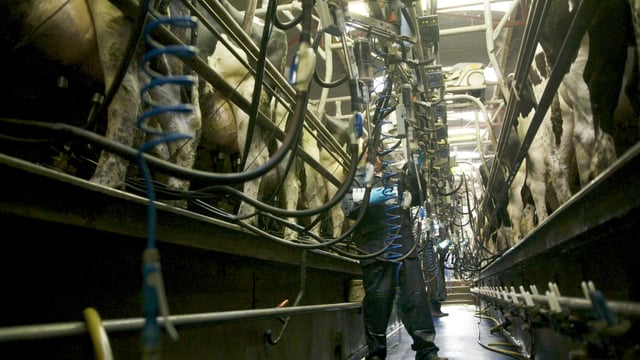Beef Conference: Are 250kg carcass dairy-beef heifers the way to go?
The 2023 Teagasc National Beef Conference took place last night, Tuesday, November 21, at the Shearwater Hotel, Ballinasloe, Co. Galway.
Farmers and beef industry personnel from across the country attended the event to hear the latest research and findings from beef-related trials.
One of the presentations on the night was findings from research on a topic titled 'Low-input, high-output dairy-beef heifer systems'. This was presented by Ellen Fitzpatrick, Johnstown Castle Research Centre, Teagasc.
It was noted that nationally, dairy-beef heifers have the highest probability of failing to meet ‘overall’ carcass specifications, and this has likely contributed to the relatively older age of these heifers at slaughter (i.e. between 24 and 26 months, generally during a ‘second’ winter indoors or a ‘third’ grazing season).
However, the Teagasc research has shown that younger slaughter ages are possible, during the ‘second’ grazing season or following a shorter indoor feeding period, although at a lower carcass weight compared to dairy-bred steers or suckler-bred cattle.
It was said that despite a comparatively lower carcass weight potential, grass-based dairy-beef heifer systems have the potential for "very high carcass output/hectare (ha) due to increased numbers of animals finished at younger ages from pasture", thus eliminating or reducing the need for an indoor finishing period.
Carcass output and the level of inputs needed can be optimised by grazing highly productive and high nutritive value pastures.
The table below summarises the findings of the research:
| Sward type | Carcass weight | Age at slaughter |
|---|---|---|
| Perennial ryegrass (PRG)-only | 243 | 19.6 months |
| PRG + Clover (CLOVER) | 250 | 19.2 months |
| Multispecies swards (MSS) | 249 | 19.2 months |
The research found that incorporating legumes and herbs into pasture reduces the requirement for chemical nitrogen (N) fertiliser, and concentrate supplementation, in grass-based dairy-beef heifersystems.
Similar herbage production was achieved for all three pasture types, despite a 75 kg/Ha (50%) reduction in annual chemical N application to the clover and MSS treatments.
The research concluded that the incorporation of clover into perennial ryegrass (PRG) swards offers farmers an opportunity to improve efficiency, while also striving to meet sectorial climate targets.
As well as Irish-related topics, the Teagasc beef conference also featured interesting discussions on international issues such as how French farmers are being paid for their carbon footprint reductions.
A world outlook for beef prices and input costs was also delivered by Rupert Claxton, Meat and Livestock director at Gira.





